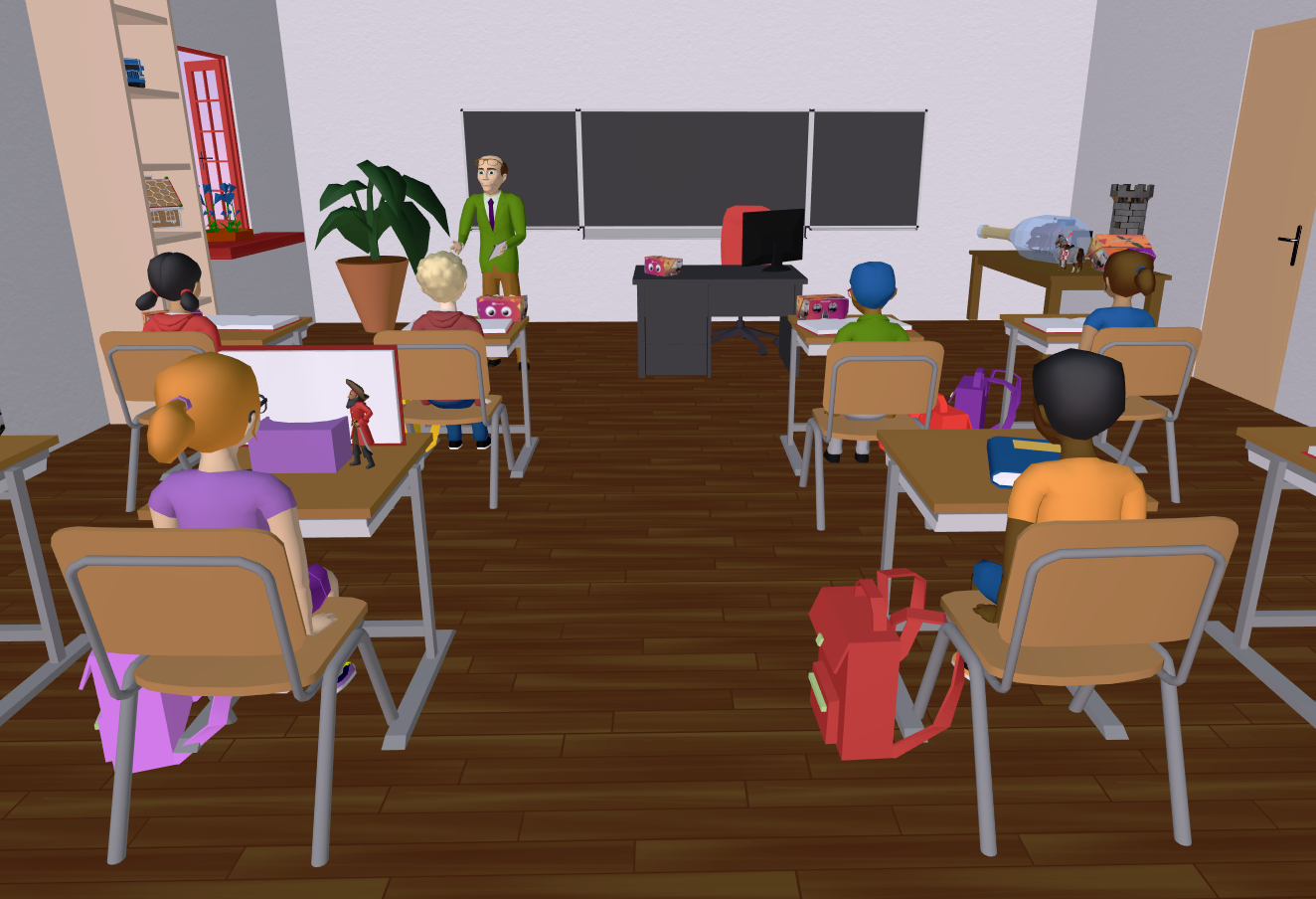Topic 7: Virtual Reality
Augmented reality (AR) and virtual reality (VR) devices and technology get more interesting and accessible to use every day, and educators are naturally finding ways to effectively integrate them into their classrooms (Matterson, 2019). Unlike augmented reality (AR), virtual reality (VR) immerses users in a fully simulated digital environment (Southgate, 2018). According to Woodford (2020), virtual reality can be defined as “a believable, interactive 3D computer-created world that you can explore so you feel you really are there, both mentally and physically”. Essentially, there are five characteristics of VR; it is believable, interactive, computer-generated, explorable and immersive (Woodford, 2020).
There are numerous benefits of using VR in education. Virtual learning environments can facilitate experiential learning that would otherwise be impossible or impractical in the real word and can improve the transfer of knowledge and skills learned in virtual environments to real situations (Southgate, 2018; Dede, 2009). Furthermore, VR can increase motivation and engagement in learning, create opportunities for creativity through role play and mentoring, and encourage problem-solving and inquiry-based learning (Southgate, 2018).
CoSpaces Edu is a web and app-based classroom tool that allows students to create and engage with interactive media content in 3D augmented and virtual reality environments (Matteson, 2019). CoSpaces Edu is designed for education and is fully cross-curricular. It allows teachers to create a class and assign, view and give feedback on work for a class, and students can demonstrate their learning with a wide array of creations.
Co-Spaces Edu equips students with 21st-century competencies such as critical thinking, creativity, communication, collaboration and digital literacy (CoSpcaces Edu, 2020). It is founded on a project-based learning approach where students are recognised as independent learners and creators and are given the resources and space to be creative.
References:
CoSpaces Edu. (2020). Make AR & VR in the classroom. Retrieved from https://cospaces.io/edu/
Dede, C. (2009). Immersive interfaces for engagement and learning. Science, 323(5910), 66-69.
Matteson, A. (2019). Explore AR/VR With CoSpaces Edu: Educators now have a powerful mixed reality platform to share with students. School Library Journal, 65(1), 16.
Southgate, E. (2018). Immersive virtual reality, children and school education: A literature review for teachers.
Woodford, C. (2020). Virtual Reality. Explain that stuff. Retrieved from https://www.explainthatstuff.com/virtualreality.html

